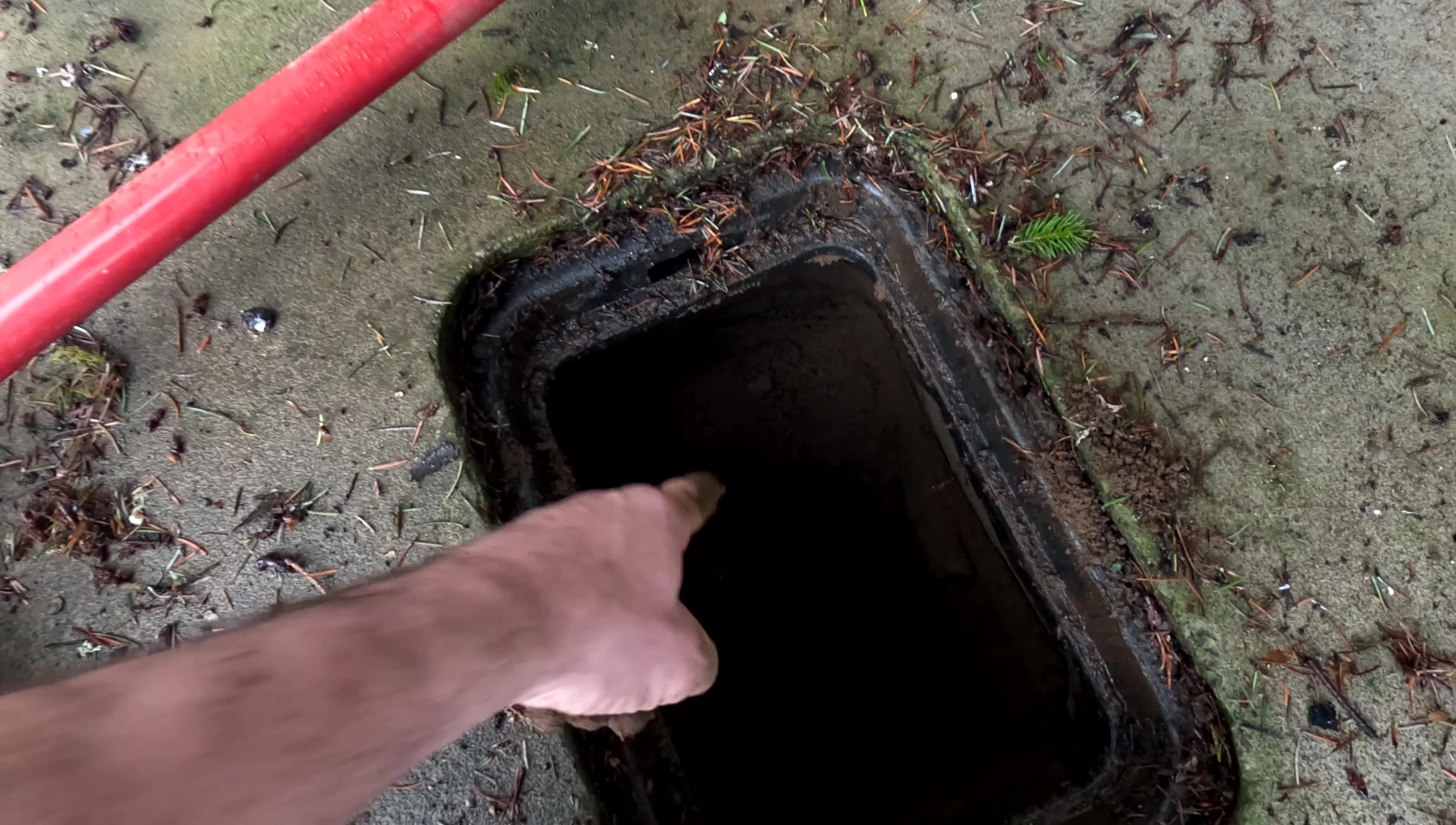This review details the experience of replacing an old electric water heater with a Rheem ProTerra heat pump water heater. The author initially identified their water heater as the largest energy consumer in their home, using an Emporia View energy monitor to track usage. The previous 45-gallon electric model consumed a significant amount of energy, costing approximately $720 annually. This prompted an investigation into more energy-efficient alternatives, leading to the choice of the Rheem ProTerra. The article documents the installation process, including unexpected challenges such as locating a buried water shut-off valve and accidentally puncturing a copper water line during installation.Despite these setbacks, the installation was successfully completed. Post-installation monitoring revealed a substantial reduction in energy consumption, exceeding initial projections. The review concludes with an assessment of the Rheem ProTerra's performance, highlighting significant energy savings, increased hot water capacity, quieter operation, and a faster-than-anticipated return on investment. The author shares their overall positive experience with the product and the installation process, despite the unforeseen difficulties encountered.
Pros And Cons
- 400% efficiency (manufacturer claim), 275% efficiency (independent test)
- Significant energy savings (approximately 2/3 reduction in electricity costs)
- Quiet operation, especially when installed on concrete
- Larger capacity (65 gallons) compared to the previous model (45 gallons)
- Provides consistent hot water for multiple showers without running out
- Slow water heating using heat pump mode
- Leak detection system falsely triggered after water spillage
Read more: Nuwave PIC Titanium Induction Cooktop Review: A Mixed Bag of Features
Identifying Energy Hogs
Before installing the Rheem ProTerra, I used an Emporia View energy monitoring system to pinpoint the biggest energy consumers in my home. This helped me prioritize which areas to focus my energy efficiency efforts. Surprisingly, the clothes dryer wasn't a major culprit, costing only about $70 annually.
My home theater system, with its battery backups and components, was a moderate energy user. The office, with multiple computers and a 3D printer, consumed a significant amount of power due to AI processing and 3D printing tasks. But the true energy hog was the hot water heater.
The old 45-gallon electric water heater was consuming approximately 14.4 kilowatt-hours (kWh) per day, costing about $2 daily or $720 annually. This was clearly an area where improvements could yield substantial savings.
Heat Pump Technology and Efficiency Claims
My research revealed that standard electric water heaters are only about 90% efficient. Heat pump water heaters offer a significantly higher efficiency rating by extracting heat from the surrounding air using a refrigeration cycle.
The Rheem ProTerra model boasts a claimed 400% efficiency, which seemed overly optimistic. Independent testing reported a more realistic 275% efficiency under real-world conditions. This substantial improvement was enough to convince me to switch.
I estimated a two-thirds reduction in electricity costs, translating to approximately $240 per year in savings. With a water heater costing $1770, a four-year payback period was acceptable, making the upgrade a financially sound decision.
Installation Process and Unexpected Challenges
The installation started with locating the water shut-off valve, which turned out to be buried under a significant amount of dirt, likely due to mole activity. This required some digging to expose the valve.

After draining the old water heater, I began the installation of the new Rheem ProTerra. Unfortunately, I encountered an unexpected issue: while drilling a hole for the condensate line, I accidentally punctured a copper water line.

This required a quick repair using copper fittings and solder. While not a typical task for me, I managed the repair successfully, ensuring the water heater's proper functioning.
Post-Installation Results and Conclusion
After a month of operation, the Rheem ProTerra heat pump water heater performed flawlessly. The energy consumption averaged around 4 kWh per day, significantly less than the old heater's 14.4 kWh per day.

This translates to a substantial reduction in electricity costs, achieving the projected savings. The actual payback period was slightly faster than initially estimated at approximately 3.3 years.
Overall, the Rheem ProTerra heat pump water heater delivered on its promises, providing significant energy savings, increased hot water capacity and quieter operation. The installation, while encountering an unexpected setback, was ultimately successful.
